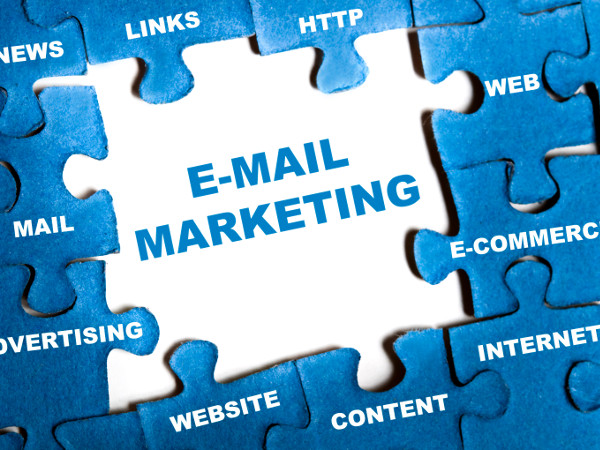Online Dating and the Big Email Marketing Lie
Since online dating became mainstream, the dating industry has been a large user of bulk emailing services. This makes perfect sense. Just like social media networks, dating sites must convince users to return and interact with other users. A dating site without engaged users is not a good dating site, so reaching out at every opportunity and encouraging members to be active participants in the community is a smart business move.
While it’s a great idea for dating sites to email members and attempt to keep them interested, at a certain point too much is exactly that: too much. That’s especially true when it comes to lying to paying members.
We’ve all seen “contact” emails that say something like “Sofia is trying to reach you.” Everyone knows that’s a lie.
Most members of dating sites aren’t new to dating — probably not even new to online dating. It’s likely they’ve been members of other dating sites. They’ve received “the big lie” emails before, they’ve clicked through them and they know there is no “Sofia” trying to get in touch.
Lying to your customers or potential customers is never a good idea. For potential customers, it’s not a good way to start off a relationship. Current customers don’t want to be lied to after they’ve handed over their money.
Instead of lying, why not be truthful?
Try this: Instead of sending misleading and fake messages, send real emails with details about what’s been happening on the site or network. If the customer is a man looking for a woman, send him all of the photos women uploaded in a single day. If the customer is a man looking for another man, send him all photos gay or bisexual men uploaded. Do the same for women. Repeat the process for every kind of customer you have.
All dating sites experience some kind of activity; use that to your advantage. If not enough people are uploading photos on a daily basis, introduce new members — people who signed up within the past 24 hours. In fact, send email recipients both recently uploaded photos and new members on a regular basis?
The worst thing about sending fake “contact” messages from imaginary people is that all the big email providers — Gmail and Hotmail, for example — know a lie when they see one, too. Want your customer communications labeled spam right off the bat? Get the reputation for sending “Sofia”-type emails and, faster than you might imagine, no bulk emailing service will touch your account.
If you want to be successful in the long run with bulk emailing, don’t lie to customers and don’t upset email providers. Be truthful in what you send, and you’ll be doing yourself and your customers a favor.
Richard Buss is the senior account manager for YNOT Mail and director of products and services for YNOT Group LLC.













